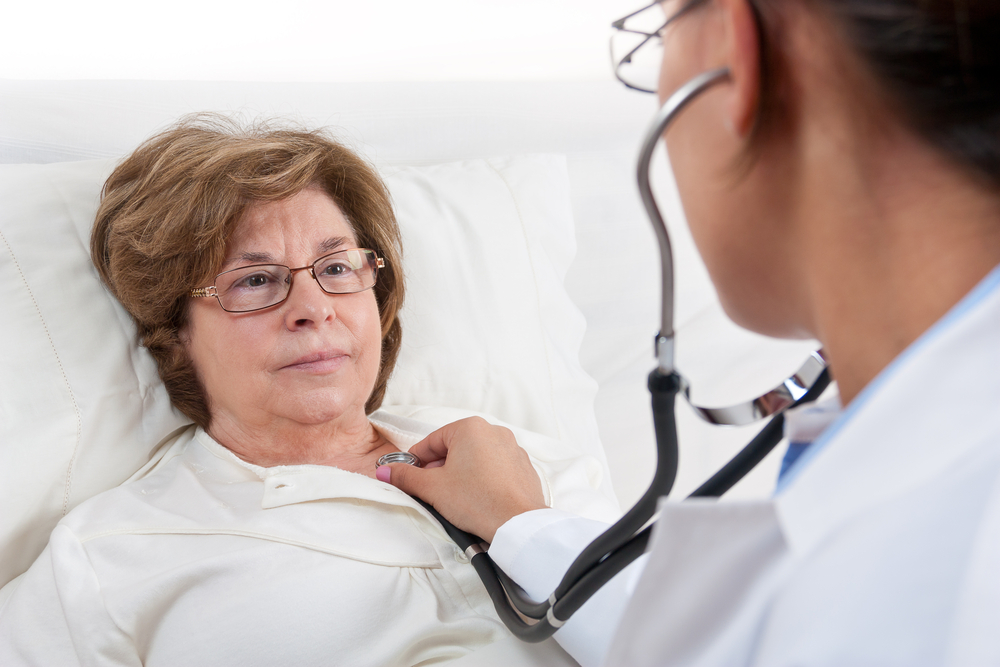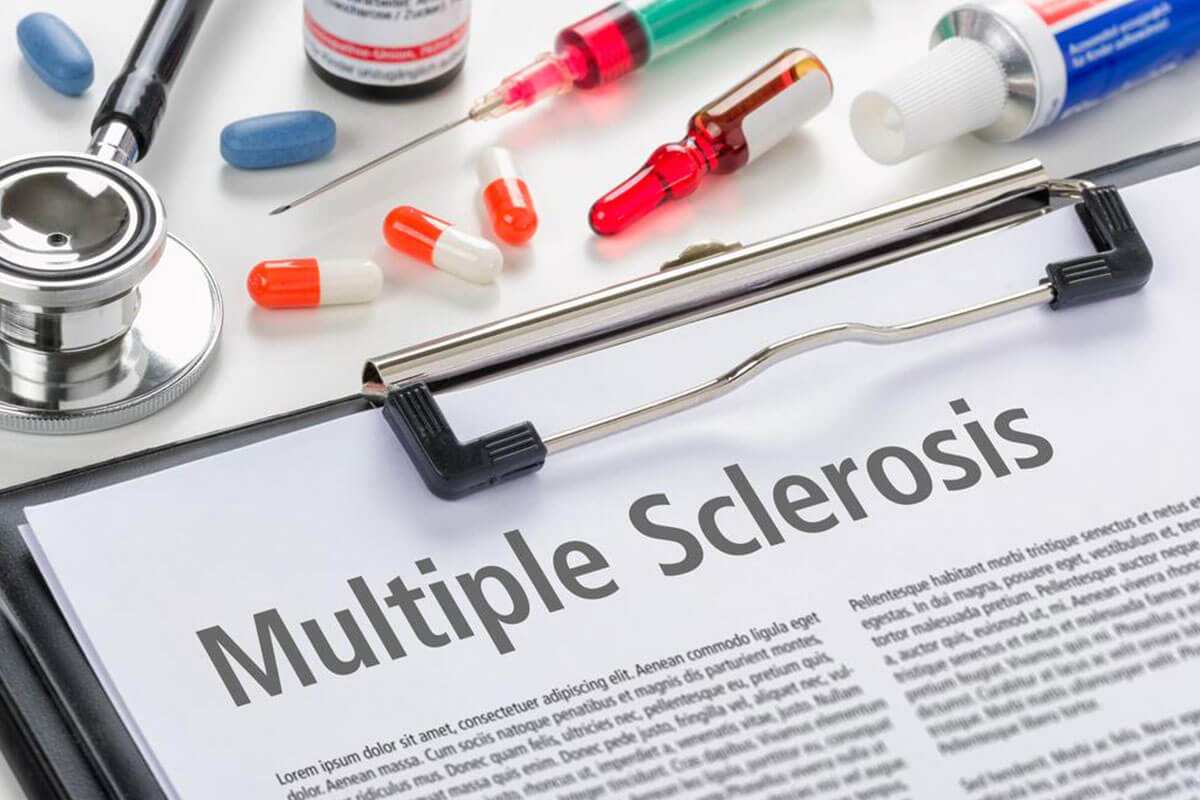Comprehensive Overview of Amyotrophic Lateral Sclerosis (ALS): Causes, Symptoms, and Advances in Treatment
This comprehensive article explores Amyotrophic Lateral Sclerosis (ALS), detailing its causes, symptoms, risk factors, current treatments, and promising research directions. Understanding ALS helps in early diagnosis and management, offering hope for future cures. The piece highlights the importance of ongoing research and supportive therapies that improve patient quality of life while emphasizing the critical need for continued scientific advancement against this devastating neurodegenerative disease.

Comprehensive Overview of Amyotrophic Lateral Sclerosis (ALS): Causes, Symptoms, and Advances in Treatment
Amyotrophic lateral sclerosis, commonly abbreviated as ALS and often referred to as Lou Gehrig’s disease, is a severe neurodegenerative disorder that relentlessly affects the nerve cells responsible for controlling voluntary muscle movements. This disease progresses rapidly, leading to muscle weakness, loss of muscle control, and eventual paralysis. Understanding ALS is crucial for early diagnosis, better management, and the pursuit of effective treatments, especially as it continues to impact individuals worldwide, including notable figures like physicist Stephen Hawking.
ALS is characterized by the deterioration of motor neurons in the brain and spinal cord. These neurons are essential for sending signals that trigger muscle movement. When these nerve cells degenerate and die, the muscles they control gradually weaken and atrophy, resulting in impaired mobility, respiratory failure, swallowing difficulties, and speech problems. Despite decades of research, the precise causes of ALS have remained elusive, complicating efforts to find a cure. Nevertheless, ongoing studies have shed light on potential contributing factors, which include genetic, environmental, and molecular mechanisms.
Causes and Risk Factors of ALS
While the majority of ALS cases are sporadic, meaning they occur without a clear hereditary link, approximately 5% of cases are familial, inherited through genetic mutations. The sporadic form of ALS accounts for about 95% of cases in the United States and globally. Researchers believe that multiple factors contribute to the development of ALS, including chemical imbalances, immune system responses, and abnormal protein handling within nerve cells.
One biochemical aspect frequently studied is elevated levels of glutamate, an excitatory neurotransmitter. Excess glutamate can become toxic to nerve cells, leading to cell death. Additionally, immune system dysfunction appears to play a role, with evidence suggesting that neuroinflammation may contribute to neuronal damage. Abnormal accumulation of proteins such as TDP-43 and SOD1 within the neurons is observed in ALS patients, which disrupts normal cellular function and promotes degeneration.
Genetics also significantly influence risk factors, especially mutations in specific genes like C9orf72, SOD1, TARDBP, and FUS. These genetic factors are more prevalent in familial cases but can also affect sporadic cases. Age is a critical risk factor, with most diagnoses occurring between 40 and 60 years old. Men are slightly more susceptible than women, possibly due to hormonal or genetic differences. Environmental factors, such as exposure to toxins or head injuries, are under investigation but have not yet been conclusively linked to ALS development.
Symptoms and Disease Progression
The initial signs of ALS can vary but often include muscle twitches (fasciculations), weakness in one limb, or difficulty with fine motor tasks. As the disease advances, muscle weakness becomes widespread and symmetrical, affecting speech, swallowing, and breathing. Patients may experience difficulty in swallowing (dysphagia), problems with articulation (dysarthria), and respiratory issues due to diaphragm weakness.
Over time, muscle paralysis impairs mobility, leading to the loss of independence. The progression rate differs among individuals but generally spans from 3 to 5 years; however, some patients live significantly longer, especially if they respond well to supportive treatments. The deterioration of respiratory muscles often results in respiratory failure, which is the leading cause of death in ALS patients.
Diagnostic Challenges and Current Treatment Options
There is no single test for ALS; diagnosis relies on clinical examination, electromyography (EMG), nerve conduction studies, MRI scans, and ruling out other neurological conditions. Early diagnosis can be difficult due to the varied presentation of symptoms, which are often mistaken for other neurological issues.
Despite the grim prognosis, medical advances have improved the quality of life and extended survival for many patients. The FDA-approved medication Riluzole has been shown to modestly prolong survival by reducing glutamate release, thereby decreasing neurotoxicity. Another drug, Edaravone, has demonstrated the ability to slow functional decline in some patients.
Supportive therapies are vital and include physical therapy, speech therapy, nutritional support, and mechanical ventilation. Multidisciplinary care teams aim to optimize management, addressing symptoms and maintaining quality of life. Assistive devices, such as wheelchairs, communication aids, and respiratory support, play a significant role in patient care.
Emerging Research and Hope for the Future
The fight against ALS is ongoing, with researchers exploring new therapeutic avenues. Stem cell therapy, gene editing technologies such as CRISPR-Cas9, and targeted drug development offer hope for more effective treatments in the future. Clinical trials continue worldwide, testing novel pharmaceuticals, biologics, and neuroprotective strategies.
Patient advocacy groups and foundations play a crucial role in funding research and raising awareness. Initiatives such as the ALS Registry and international collaborations aim to better understand the disease and develop personalized therapies. As scientific insights deepen, the potential for transforming ALS from a fatal diagnosis into a manageable condition grows increasingly promising.
Overall, ALS remains a complex and devastating neurological disease, but ongoing research, supportive care advancements, and increasing public awareness continue to offer hope for those affected and their families. Early diagnosis, comprehensive care, and participation in clinical trials are vital components in our collective effort to conquer ALS and improve patient outcomes worldwide.





